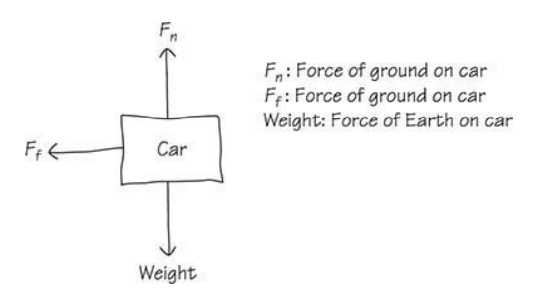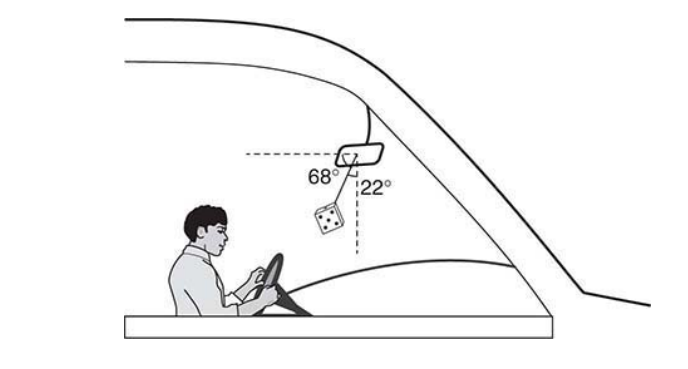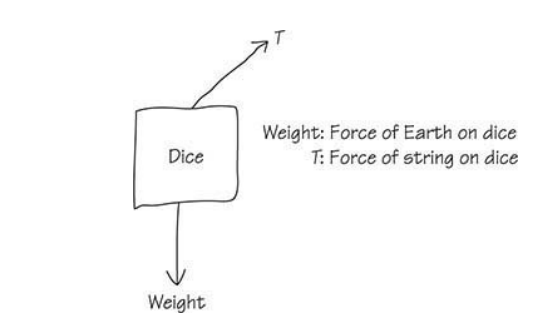Forces and Newton's Laws
Definitions
Force: push or a pull applied by one object and experienced by another object.
Net force: the single force that could replace all the individual forces acting on an object and produce the same effect.
Forces acting in the same direction add together to determine the net force
Forces acting in opposite directions subtract to determine the net force.
The force of friction: the force of a surface on an object.
The friction force acts parallel to the surface.
Kinetic friction: friction force when something is moving along the surface and acts opposite the direction of motion.
Static friction: friction force between two surfaces that aren’t moving relative to one another
Normal force: the force of a surface on an object that acts perpendicular to the surface.
The coefficient of friction: Number that tells how sticky two surfaces are.
Newton’s third law: The force of Object A on Object B is equal in amount and opposite in direction to the force of Object B on Object A.
Newton’s second law: an object’s acceleration is the net force it experiences divided by its mass, and is in the direction of the net force.
Describing Forces: Free-Body Diagrams
The canonical method of describing forces acting on an object is to draw a free-body diagram.
A free-body diagram should include two elements:
A labeled arrow representing each force, with each arrow beginning on the object and pointing in the direction in which the force acts
A list of all the forces acting on the object, indicating the object applying the force and the object experiencing the force.
__Draw and label__ing the forces (not components) that act on the car as it slows down means to Draw a free-body diagram.
Only gravitational and electromagnetic forces can act on an object without contact
The weight acts downward and doesn’t require any contact with the Earth in order to exist.
Draw a downward arrow on the dot, label it “weight,” and in the list write “Weight: the force of Earth on the car.
Kinetic friction must always act in the opposite direction of motion.
All forces must be exerted by an identifiable object
All nongravitational and nonelectromagnetic forces must be a result of contact.

Determining the Net Force
When an object moves along a surface, the acceleration in a direction perpendicular to that surface must be zero.
Therefore, the net force perpendicular to the surface is also zero.
The kinetic friction force is equal to the coefficient of kinetic friction times the normal force.
A smaller acceleration means a larger distance to stop.
Static and Kinetic Friction
Use the coefficient of static friction if something is stationary.
Use the coefficient of kinetic friction if the object is moving.
To find the maximum coefficient of static friction, find out how much horizontal pushing force will just barely cause the object to move.
Newton’s Third Law
The force of Object A on Object B is equal in amount and opposite in direction to the force of Object B on Object A.
These two forces, which act on different objects, are called Newton’s third law companion forces.
To find the companion force:
Look at the description of the force in the free-body diagram.
Reverse the objects applying and experiencing the force.
The normal force is the force of the ground on the car, and that acts upward. Therefore, the third law companion force is the force of the car on the ground, acting downward.
Forces At Angles
If the net force has __both a vertical and a horizontal component, use the Pythagorean theorem to determine the magnitude of the net force.
Use the tangent function to determine the direction of the net force.
A force at an angle is drawn on a free-body diagram just like any other force.
Example

A pair of fuzzy dice is hanging by a string from your rearview mirror, as shown in the preceding figure. You speed up from a stoplight. During the acceleration, the dice do not move vertically; the string makes an angle of θ = 22° with the vertical. The dice have a mass 0.10 kg.
The weight of the dice (the force of the Earth on the dice) acts downward.
No electrical forces exist, so all other forces must be contact forces. T
The only object actually in contact with the dice is the string. The string pulls up on the dice at an angle, as shown in the picture.
I labeled the force of the string on the dice “T,” which stands for “tension”—which means the force of a string.

Determining the Net Force
When a force acts at an angle θ measured from the horizontal:
The vertical component of that force is equal to the amount of the force itself times sin θ.
The horizontal component of that force is equal to the amount of the force itself times cos θ. When a force acts at an angle θ measured from the horizontal.
Only the net force equals mass times acceleration. Never set a force equal to ma unless it’s the net force.
If asked whether something increases, decreases, or stays the same, make a calculation to see numerically what happens to the answer.
Inclined Planes
Treat objects on inclines the same as any other objects.
Draw a free-body diagram.
Break angled forces into components.
Use a = Fnet/m in each direction.
Don’t use horizontal and vertical components for the forces.
Instead, look separately at the forces parallel to the incline and at forces perpendicular to the incline.
Normal force - perpendicular to the incline.
Friction force - parallel to the incline.
The force of the earth is being broken into components.
Multiple Objects
When two masses are connected over a pulley, easiest to start by considering both objects as a single system.
Draw the free-body diagram for the entire system.
Then, use a = Fnet/m to find the acceleration of the system.
One rope has just one tension.
 Knowt
Knowt
